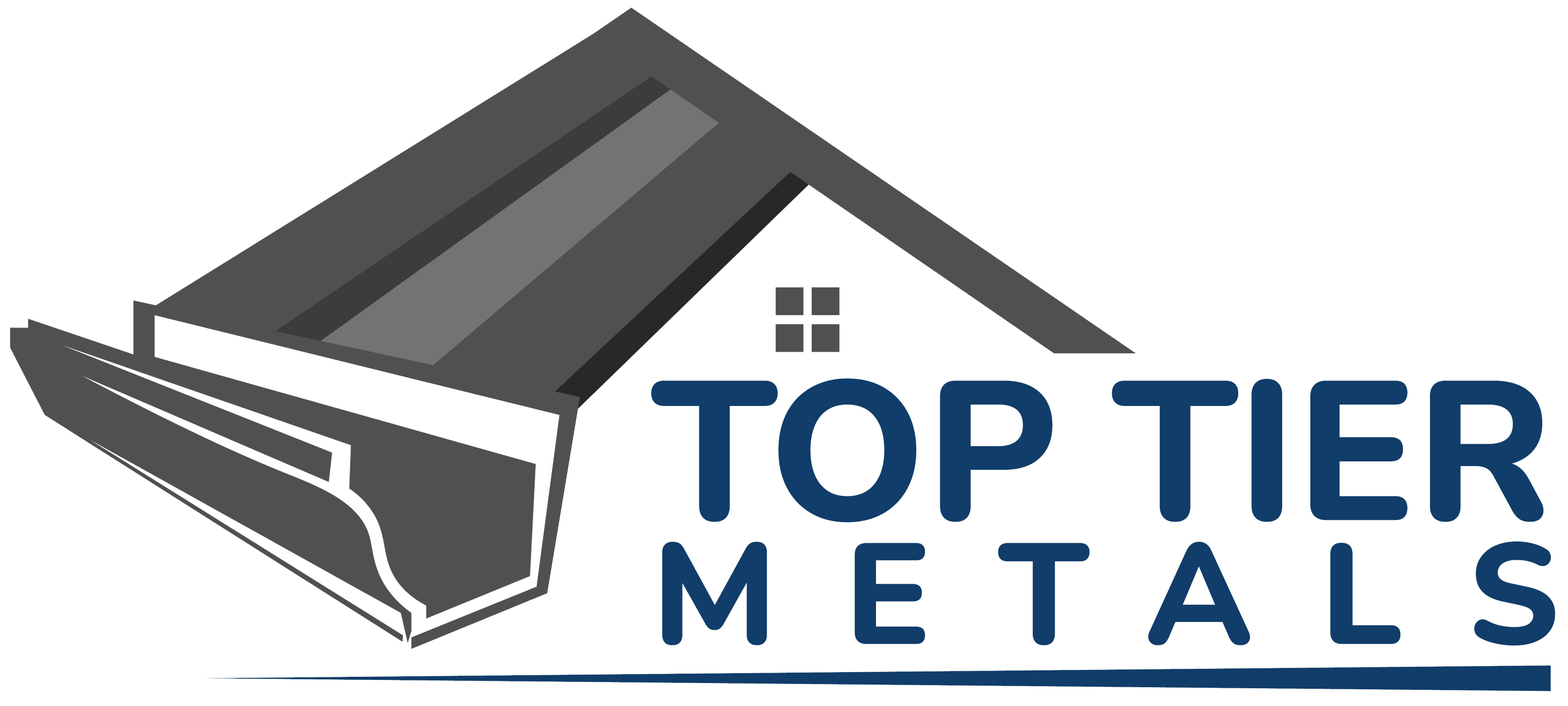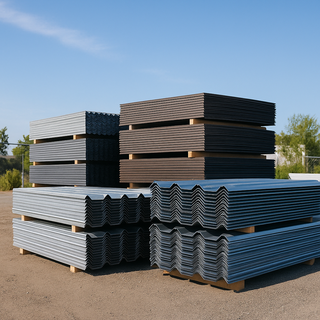A metal roof is a long-term investment that offers unmatched durability, energy efficiency, and curb appeal. But before you commit to upgrading, it’s crucial to understand the full cost picture—not just the materials and labor, but everything from tools and permits to accessories and long-term maintenance.
This comprehensive guide walks you through the real costs associated with metal roofing, whether you’re hiring a contractor or doing it yourself. From pricing tiers to hidden fees, we break it all down to help you create an accurate, informed budget.
1. Average Cost Range for Metal Roofing
The average cost of a metal roof in the U.S. (as of 2025) ranges between $7 and $20 per square foot, depending on the system and complexity.
| Roofing Type | Average Installed Cost (per sq. ft.) |
|---|---|
| Corrugated (Exposed Fastener) | $6 – $9 |
| Standing Seam | $10 – $17 |
| Metal Shingles / Tiles | $8 – $15 |
| Premium Copper / Zinc | $18 – $30+ |
For a 2,000 sq. ft. roof, you’re looking at:
-
Low-end: ~$12,000
-
Mid-range: ~$20,000
-
High-end: $30,000+
DIYers can reduce labor costs by 30–50%, but will need to factor in additional tool and time commitments.
2. Cost Breakdown by Category
A. Roofing Materials
This includes the metal panels, fasteners, and any coatings or finishes.
| Item | Price Range (Per Sq. Ft.) |
|---|---|
| Metal Panels (Galvalume/Aluminum) | $2 – $7 |
| Underlayment (Synthetic/Ice & Water Shield) | $0.50 – $2 |
| Flashing & Trim Kits | $1 – $3 |
| Sealant, Closures, Snow Guards | $0.50 – $1.50 |
Tip: Prefabricated trim kits are more expensive but easier to install and visually cleaner.
B. Accessories & Add-Ons
-
Ventilation (ridge vents, soffit vents): $300 – $1,000
-
Gutters and snow guards (optional): $1,000 – $2,000
-
Skylight re-flashing or chimney work (if needed): $500 – $1,500
C. Labor Costs
If hiring a contractor:
-
Installation Labor: $4 – $10 per sq. ft.
-
Removal of old roof: $1 – $3 per sq. ft.
-
Disposal fees: $300 – $800
Labor varies by:
-
Roof pitch and complexity
-
Number of valleys, dormers, and penetrations
-
Accessibility and local labor rates
D. DIY-Specific Costs
DIY metal roofing can save thousands, but it requires planning, safety, and investment in equipment:
| Tool | Estimated Cost |
|---|---|
| Metal shears / nibblers | $150 – $400 |
| Drill & drivers | $100 – $300 |
| Ladder or scaffolding | $200 – $1,000 |
| Fall protection harness | $75 – $250 |
| Safety gear, gloves, footwear | $100 – $200 |
Total tool investment for DIY: ~$800 – $2,000
3. Permits and Inspections
-
Building permits: $200 – $500 (varies by county)
-
Engineering review (in some states): $300 – $1,000
-
Post-installation inspection (if required): $100 – $300
Don’t overlook these—it’s illegal to install a roof without proper permits in many areas, and it may affect your homeowner’s insurance.
4. Long-Term Costs & Savings
Maintenance
-
Minimal for metal, but check fasteners/sealants every 5–10 years.
-
Touch-up paint and sealant: ~$50 – $150 every few years
Energy Savings
-
Metal reflects solar heat, cutting cooling costs by 10–25%.
-
In warm climates, this could save $100–$300+ per year on electricity.
Insurance Discounts
-
Many insurers offer discounts of 5–15% for Class A fire-rated metal roofing, especially in wildfire-prone or storm-heavy areas.
5. Total Lifetime Cost vs. Other Materials
| Roofing Material | Lifespan (Years) | Avg. Cost (Installed) | Replacements Over 50 Years | Est. Lifetime Cost |
|---|---|---|---|---|
| Asphalt Shingles | 15 – 25 | $4 – $7 / sq. ft. | 2–3 | $20,000 – $30,000 |
| Metal Roofing | 40 – 70 | $8 – $16 / sq. ft. | 0 | $16,000 – $32,000 |
| Tile Roofing | 40 – 50 | $10 – $20 / sq. ft. | 1 | $20,000 – $40,000 |
While metal costs more upfront, it often becomes the least expensive option long-term due to its durability and lower maintenance.
6. Budget Planning Tips
-
Get 3–5 quotes from certified metal roofing installers
-
Plan for 10–15% overage on materials (waste, trim, complex cuts)
-
Consider phased upgrades (e.g., install metal panels now, add snow guards or solar mounts later)
-
Set aside emergency budget for wood decking repair or unexpected labor
-
Ask suppliers about bundle pricing or discounts for bulk orders
7. Financing Options
-
Home Equity Loans/Lines (HELOCs): Low interest rates, good for long-term improvements
-
Roofing-Specific Financing: Offered by many contractors and manufacturers (0% for 12–24 months or longer-term low APR options)
-
Green Energy Tax Credits: If paired with solar or energy-efficient insulation upgrades
Conclusion
Budgeting for a metal roof means looking beyond the sticker price. Between material choices, system complexity, installation method, and long-term maintenance, every decision you make influences the total cost and return on investment.
By understanding what drives cost—and where you can save without sacrificing quality—you can build a budget that fits your needs, protects your home, and gives you peace of mind for decades to come. Whether you’re a DIYer calculating panel lengths or a homeowner getting contractor quotes, this guide gives you the clarity you need to invest wisely in a metal roof that lasts.






